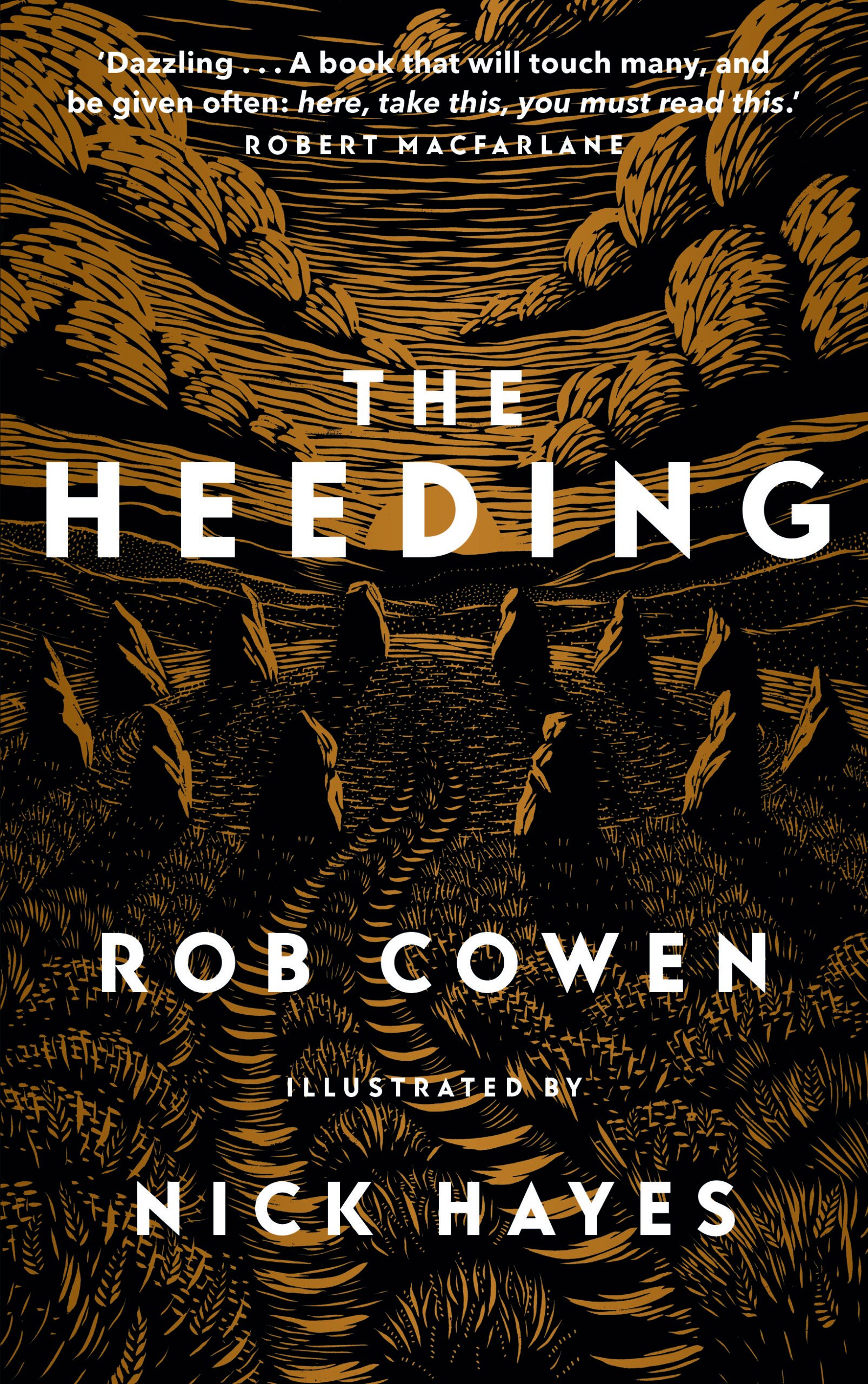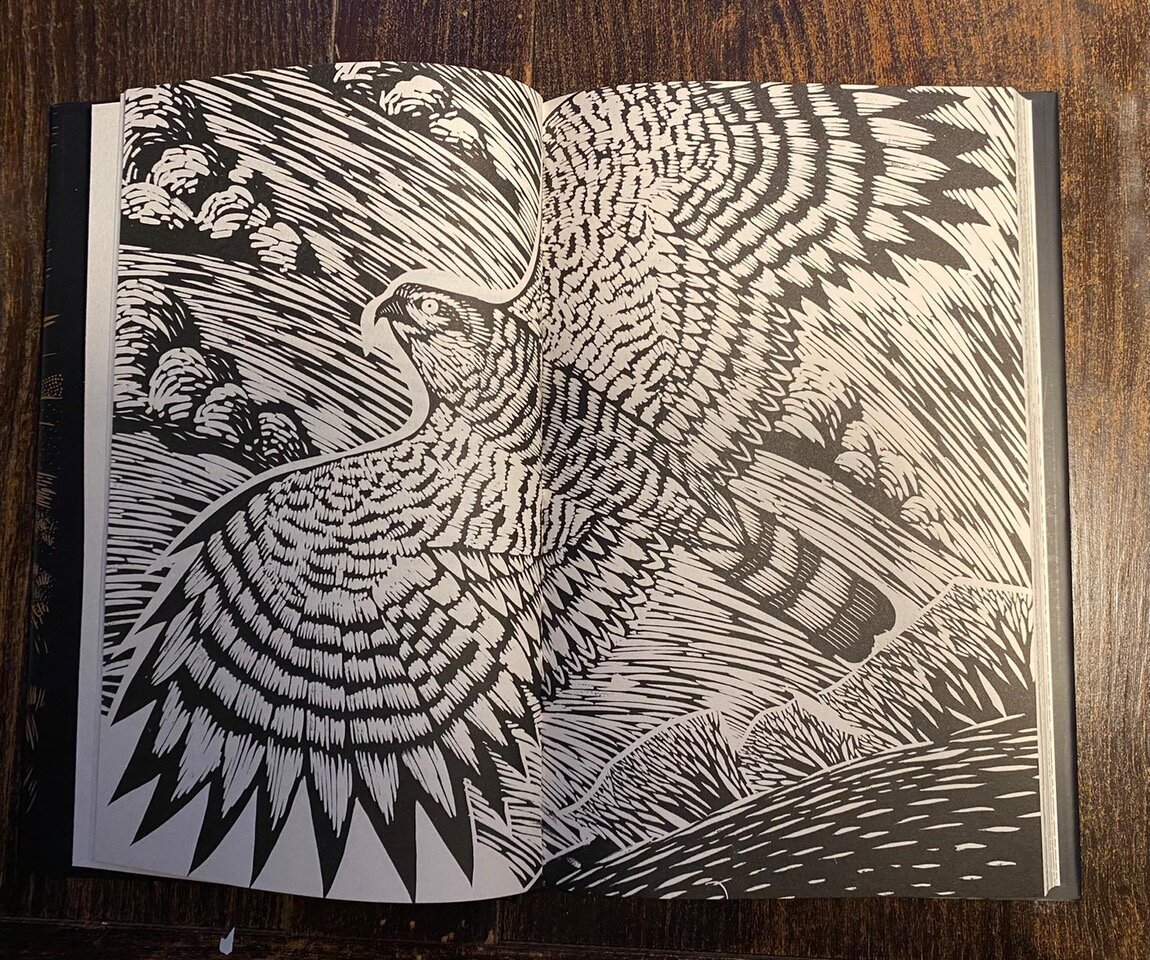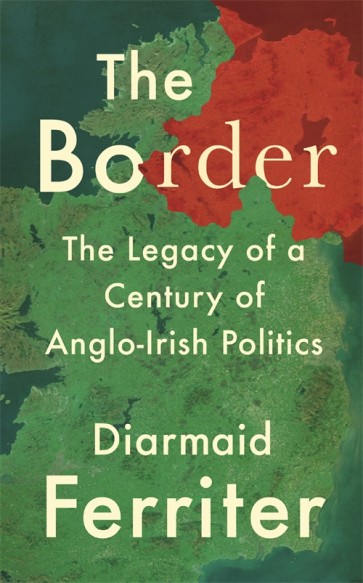Book Extract: Twisted Mountains by Tim Woods
/We are extremely proud to present this extract from the story ‘Offcomers’ from the new collection Twisted Mountains by our very own Tim Woods. Twisted Mountains is a collection of short stories set among the hills of Scotland, England and Wales, with each story telling the tale of someone who has their own reason for being in the mountains, from a vengeful student to a wannabe biker and Wainwright expert with a secret. ‘Offcomers’ concerns an obsessive hotel owner, what money can buy and who owns the views of high places…
It is the most striking view in the country, of that there is no question. Today, exactly one year on from our grand reopening, it is at its most remarkable – a mountain alive with autumn colour. Its flanks are cloaked with russet bracken, which stops sharply at the dark band of woodland. Beyond, the tetrahedral fells melt into one another, each a little hazier than its predecessor. The lake that separates the mountain from me reflects all of this, doubling the splendour.
The first time I saw it, in February two years ago, I knew I had to have it. Although on that day, I would have happily taken any view on offer – anything to distract me from the interminable board meeting in which I was trapped.
The purpose was to agree exactly how many redundancies the company would need to make that year, and our declining prospects were evident in the choice of venue: a run-down hotel set two hundred metres back from the lake. The kind of place that tries to add a touch of glamour by providing cheap sparkling wine with lunch, no doubt trusting its regular clientele won’t realise it is nowhere even close to champagne. The whole charade was utterly tiresome and I resented being part of it, especially as I had already informed my fellow executives of my decision to retire. None of the redundancies would be my responsibility, so there was no need for me to be involved. Yet there I was, trapped in an increasingly aggravated discussion about unions, corporate responsibility and two-yearly forecasts.
***
I passed the time staring out of the window and across the water. The small thicket of trees on the near shoreline prevented a clear view, yet I was still able to observe how the mood of the mountain opposite changed with each passing hour. Its still-snowy summit accentuated the cold grey-green of its flanks, while the strip of white cloud ravelling down its face accentuated its nuance and depth. Birds glided effortlessly on the hyaline water between us, leaving dissipating arrowheads behind them. As argument and counterargument raged around me, I knew that I had to have this view. To own it. To decide who got to share it and who didn’t. I blocked out all else and began to formulate my retirement plan.
At sunrise next morning, I walked down to the lake. I needed to see it again, at its earliest hour, just to be certain. Passing flower beds showing the first shoots of daffodils – such an uninspiring choice – I headed for the bench a little further up the shore. Unobscured by the trees in front of the hotel, the view from here was even finer and the mountain somehow even more spectacular. The sun crept up behind me, illuminating the eastern face inch by inch and painting it with a fresh palette, one of brown and purple and orange, scorched through with thick black shadows cast by its ridges and folds, a shifting show of shadow puppets. The singularity of this view was confirmed by the photographers jockeying for position on the grass around me, some even waiting in line for their turn in the prime spot. Even the joggers paused to take their own mental snapshots.
It is possible to have everything in life and still want more. Once back in London, I could not stop obsessing about the view imprinted so vividly on my mind. During those long final weeks before retirement, I set out the details of my new project: a fully refurbished hotel, five stars and fine dining in place of the shabby old relic where I’d been forced to stay. Something exceptional for those who not only deserve it, but can also afford it. It was just what the region needed: a taste of the top-end, an overdue injection of style and refinement. An alternative to the washed-out places that still, even now, proliferate around here, somehow surviving on two-for-one weekend deals and ten-pound lunches. By contrast, my hotel would be perfect. And the perfect hotel demands the perfect view.
***
Too many people dismiss us wealthy as being materialistic. It is a lazy insult, painting us as fools who knows the price of everything and the value of nothing. It is also incorrect: we can appreciate the beauty of the natural world as readily as anyone else. The lower classes have long thought they had an exclusive moral right to enjoy the countryside, ever since they set off on their trespass over Kinder Scout. Yet the key word there is trespass: they were not supposed to be there. Would we have defended it so fiercely if we had not also valued it? No, the wealthy have the right to enjoy England’s beauty too. Anyone with money has worked to earn it, or toiled still harder to keep it. We deserve the chance to enjoy what it can buy, and exclusivity is part of enjoyment.
***
The complaints began even before our first month was through. The dining hall had no privacy, said the guests, as the huge windows meant that people passing by could watch them eat. Others said it was too cold in there. Which was nonsense, of course, and I even installed an antique thermometer to assuage their doubts. But a landscape of frost-capped fells can, it seems, make people feel cold, even in the confines of a fully insulated and expensively heated building. And people are so very eager to share imagined discomforts in lieu of any actual ones. Even those who didn’t complain failed to appreciate what they were experiencing, with eyes more commonly fixed on their phones, their food, or occasionally their companions. Anywhere other than my mountain.
They also failed to appreciate the master suite. Complaints ranged from the noise of the diners below to the smells from the kitchen, and again the imagined cold. Yet as autumn changed to winter, by far the commonest cause for complaint on those insufferable online review websites was the dining hall windows, my Italian-made, nine-foot-high windows. There’s too much sunlight; the rain is too loud; why are there no blinds to stop people looking in… The unique opportunity to admire the finest view in the land was never remarked upon. Not once.
The final straw came during that first winter. Bookings were below half-occupancy and I had already been forced to lower prices after less than four months of operating. As I passed through the reception on my way to meet, and possibly sack, my manager, I heard someone complaining at reception. He was rich, arrogant and trying to impress a woman who was clearly only with him for weekends away in expensive country hotels. But the nature of his grievance hit me like a fist: he didn’t like the view. For three hundred and fifty pounds, he expected more than just a lake and a mountain. The girl on reception tried to placate him, but I cut her off before she had even completed her sentence. Give them a full refund as long as they leave immediately. I won’t let anyone talk about my mountain like that, especially not in my own hotel.
It was clear to me by then that somehow, somewhere along the way, I had got it wrong. My vision was wasted on other people, whether rich or poor. I summoned my team of architects once more and explained what needed to be done.
***
The trees I felled and promised to replace have finally taken root, although rather than doing so in a nearby field, they now form a neat row between the old hotel buildings and the sparkling new construction near the water. The latter is now my residence, and quite possibly the most expensive private home in the country. The master suite is my bedroom, and the dining hall – my brilliant, beautiful dining hall – is the office from which I now manage the hotel myself, ensuring it matches the tastes of the lower classes. Once grown, those trees will become a barrier, affording me a little privacy from the riff-raff who now comprise my clientele. More importantly, they will block off all views across the water for anyone except me. Never again will my guests be confronted by a mountain too grand for them to behold, or be disturbed by a majesty they cannot appreciate. That burden is now mine, and one I bear alone.
***
You can order your copy of Twisted Mountains via Little Peak Press.













